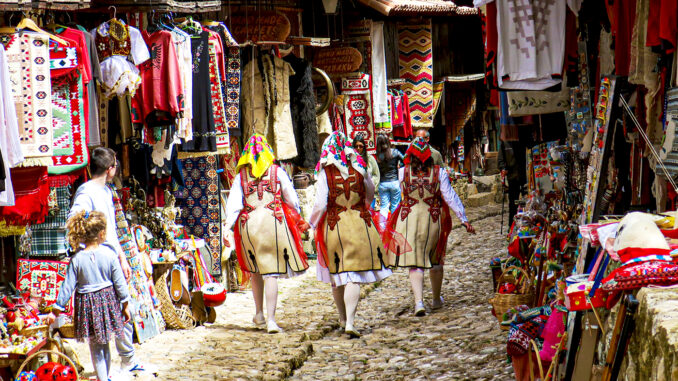
Even the tour bus driver got lost.
It’s easier than you think to get lost on Albania’s twisting mountain roads. On a shore excursion during a rare cruise visit to Albania, our driver had to stop and ask directions to an unmarked trail leading to a home where we were going to enjoy a typical lunch.
Unfamiliarity is understandable in a way, because generations of Albanians have never explored far from their homes. Until 1990, this country across the Adriatic from the boot of Italy was literally a no-go zone for foreign tourists and a no-leave zone for its citizens. Then, for more than two years during the pandemic, it was shut down again.

It’s still pretty much off the map for cruises, visited by only a handful of small luxury yachts. Our arrival on Oceania Cruises’ Insignia was among one of the first this season.
And the guidebooks didn’t make it sound too terribly welcoming as we planned a shore excursion from the port of Durres:
“Albania has now opened its doors to foreign tourists and the number of visiting cruising yachts is steadily increasing. Whilst the welcome may be warm, visiting yachts can still be treated with some suspicion by officials,” one website cautioned.
“If travelling around by public transport, or going off the beaten track, it may be worth taking some hand gel and toilet paper,” offered another advice site.
But the welcome couldn’t have been more sincere than the one we got from our tour guide Aldo, who was as eager to know about us as we were to hear about his homeland.
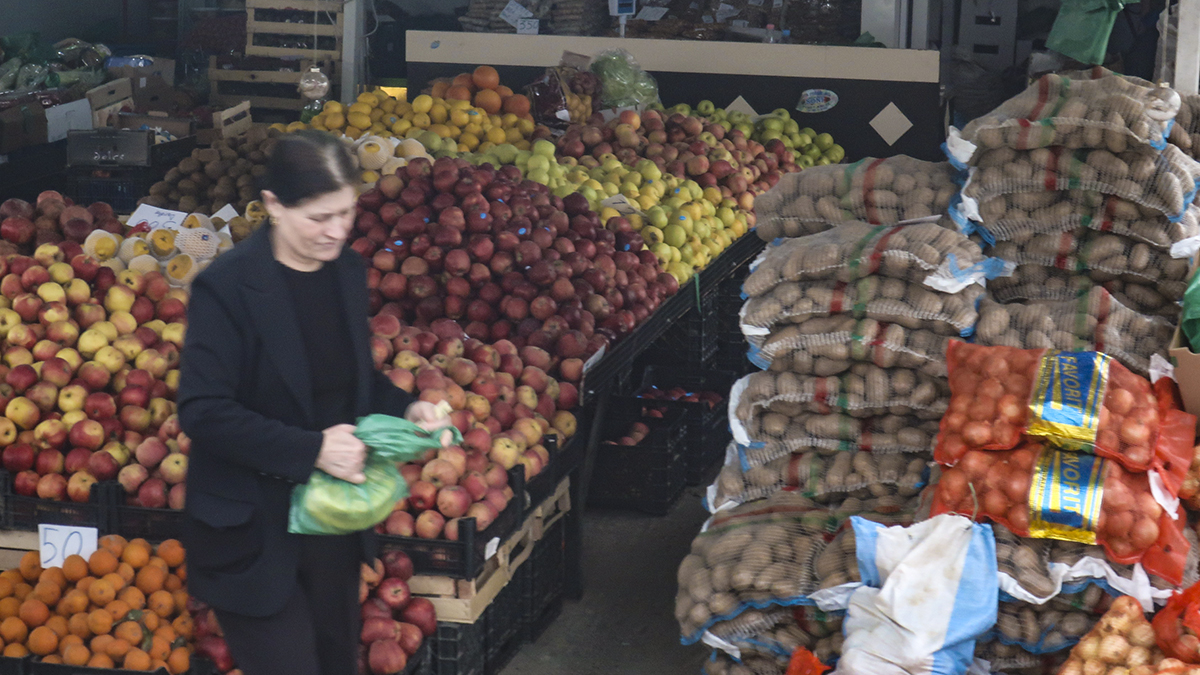
Aldo was a teen-ager in 1980s, when virtually everything was rationed. Flour, meat and staples were things you bartered for with home-grown potatoes and firewood. A living wage was the equivalent of 200 Euros a month. And coffee was the ultimate luxury when 100 grams of Turkish industrial grade beans –enough for about a dozen cups—was all most people could get a month unless they had an in with the local authorities. That probably explains why Albania now has among Europe’s highest numbers per capita of restaurants, coffee shops and bars.
Our tour today is to the historic fortified mountain town of Krujë (pronounced crew-yah) and even though it’s only 45 kilometers away, the trip takes more than an hour. The elderly tour bus feels like it has a tractor engine and it crawls along even when not caught in traffic jams, which is probably an advantage considering how patched and potholed the pavement is–even though this is the main highway.
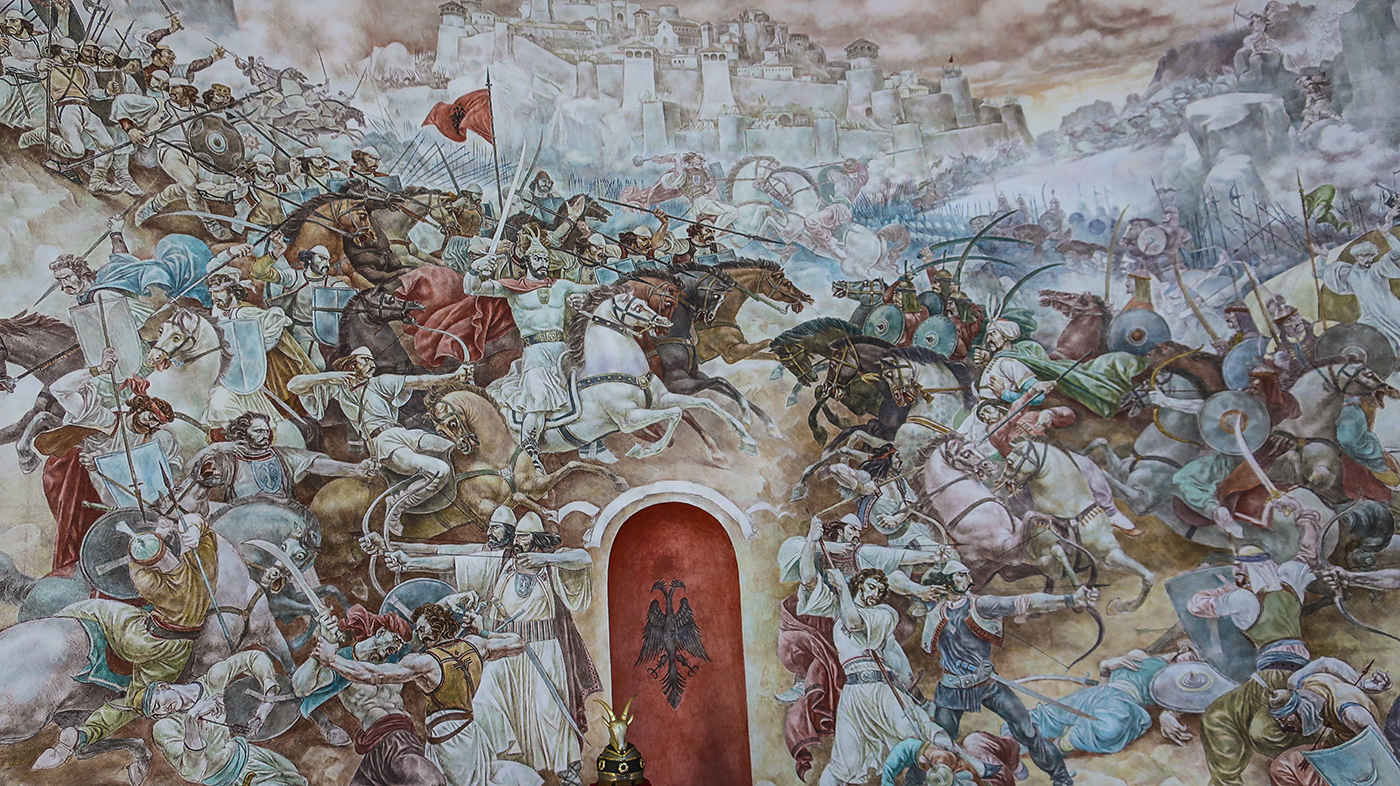
One of many pitched battles for Krujë in the 15th century–Photo by Wallace Immen
Krujë’s dramatic mountain location is why it was the site of Albania’s most historic defensive victories. From 1450 to 1477, vastly outnumbered Albanian troops in this fortified redoubt were able to hold off numerous sieges by Ottoman armies, only falling in 1478.
The rebuilt castle and the much more authentic ancient rambling town around it are picturesque treasures that are well worth seeing. But be warned; the tour that was billed as strenuous and it is indeed. It turned out to be one of the most challenging shore excursions I’ve ever been on.
The bus had to park at the base of a steep narrow trail and guests have to hike up at an angle that’s definitely not for the mobility challenged, Not only is the zig-zag climb to the summit incredibly steep, it’s paved with rounded slippery stones with deep indentations between them. I would have brought hiking boots if I had known–and some of the guests on the tour decided to forego the climb.

The modern recreation of the castle that has become a museum of Krujë’s heroic defense is remarkable for its larger-than-life sculptures warrior guys (and gals) and wall-size murals of pitched horseback battles from the area’s defense 500 years ago.
But free time in the ancient rambling town was just as fascinating, with its market of handicrafts along cobblestone streets that might have been familiar to the troops who defended the town in the fifteenth century.
Want to buy a hand knotted prayer rug? An antique wooden washboard? A genuine World War I gas mask? Please come in and look around–it’s all ne shitje (for sale). The prices are irresistible: but how could I bring an antique brass tuba back in my suitcase?
After window shopping, there was a chance to have an excellent espresso at a coffee shop and enjoy a piece of the local honey and walnut cake.

Vegetarians have no issues here. Lunch at the incredible little mountainside home with its own natural spring was delicious home-made potato pie, olives and pickled vegetables. You had a choice of 100-proof raki—a home distilled alcohol–or fresh spring water. We’ll stick with water, thanks.
It seemed almost a shame to head back to the industrial clutter of vacant half-built factories and long-abandoned gas stations —with the unfortunate brand name Kastrati— around the port of Durres. Many companies had rushed to move into this coastal area of Albania after the fall of communism to take advantage of low wages, but pulled out just as quickly because of supply chain issues. That kept the country off the trade routes yet again.
“Albanians today long to travel, because we have been so isolated for 70 years,” Aldo said. If you meet some of them in your home town, be sure to give them a warm welcome and help them find their way around.

If you go:
Most cruises that visit Albania stop in the seaside resort of Sarandë at the south tip of the country that’s about 280 miles from where Oceania’s Insignia docked in Durres. Few ships stop in Durres, but it is more convenient for visiting Albania’s capital Tirana and cultural exploration.
The local currency is the lek– worth about 114 to the U.S. dollar. However, everyone is happy to accept U.S. cash. But take small bills, as no one can make change in anything but the local leks.
Story by Wallace Immen, Executive Editor, The Cruisington Times


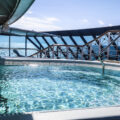

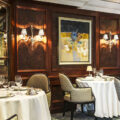

1 Trackback / Pingback
Comments are closed.